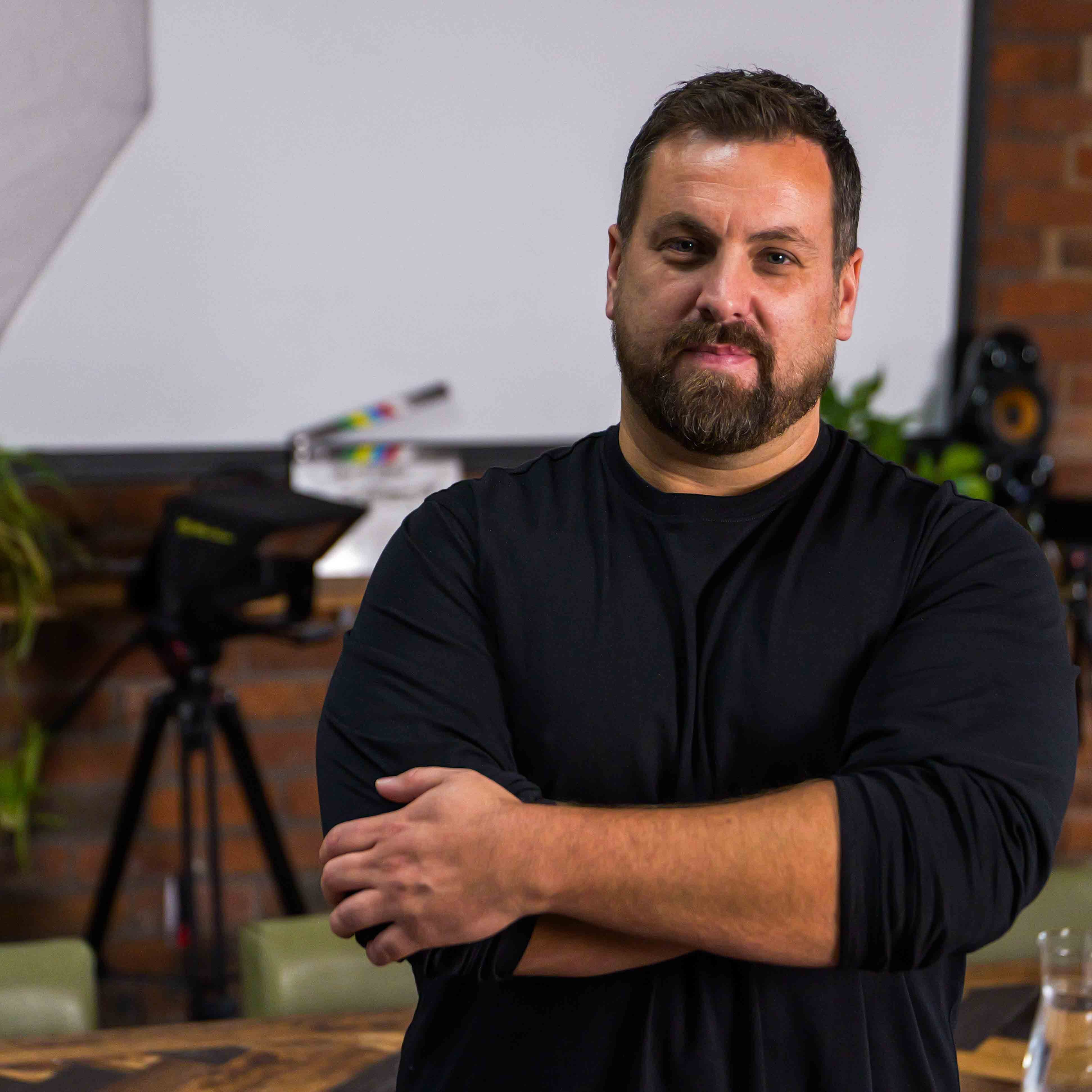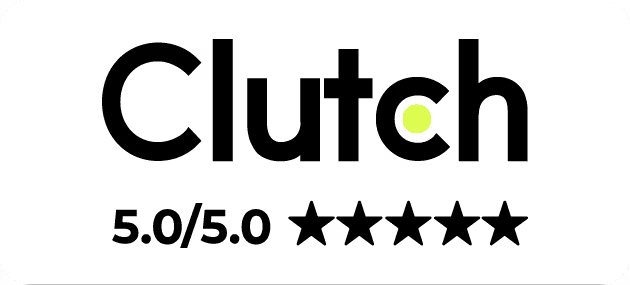How We Grew a YouTube Channel to 95k Subscribers


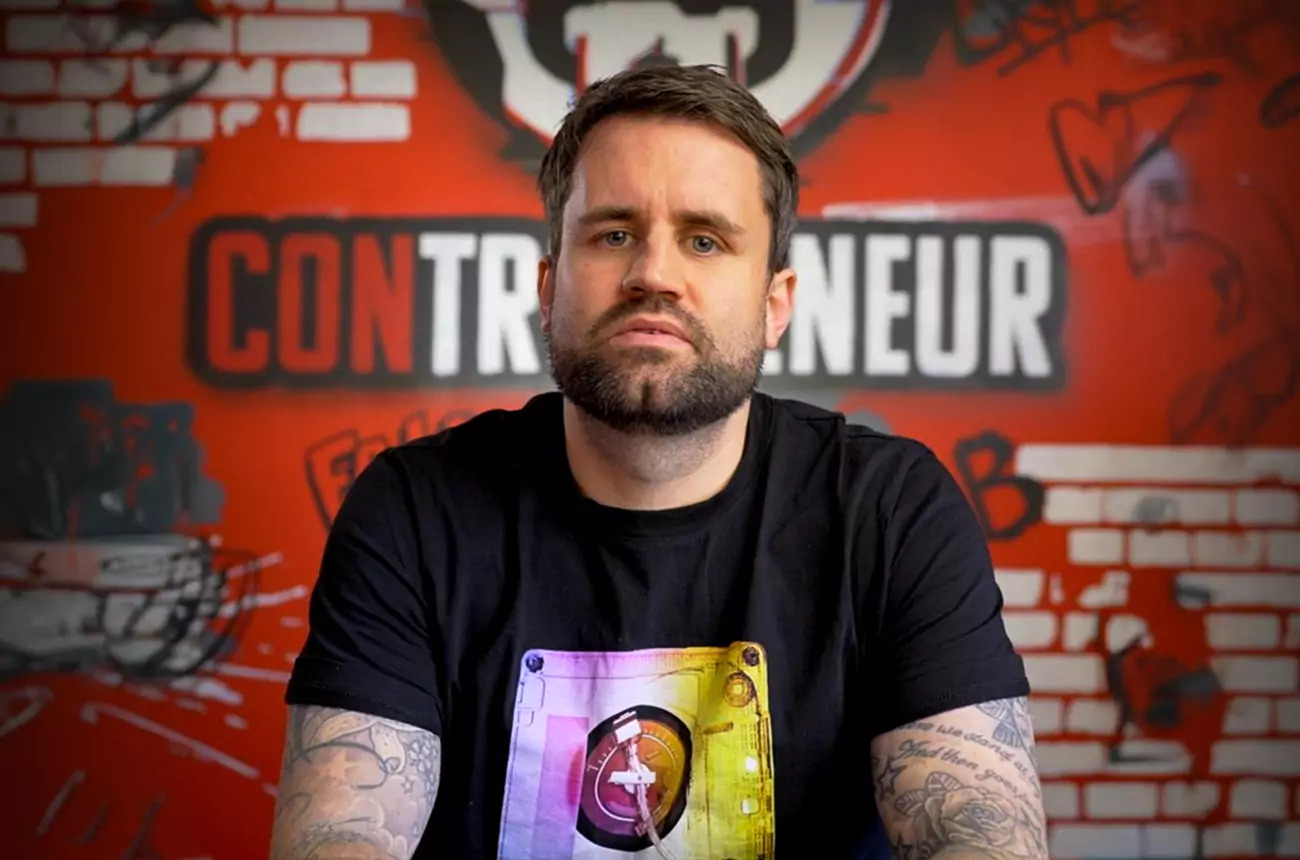
The Challenge - Starting a YouTube Channel From Scratch
It started with a LinkedIn rant.
Mike Winnet was building a bit of a following. After selling his EdTech business, he’d started calling out the influencers and fake gurus selling empty promises online. And it turned out, loads of other people were sick of them too.
The next step was to launch a YouTube channel so he could make video content as well.
There was only one problem.
Mike had never made a video in his life. Didn’t know how to edit. Didn’t even know how to switch on a camera.
The Fix - How We Built a YouTube Strategy That Worked
We pulled together a small crew, a videographer, two editors (Jack and Daniel), and I started writing scripts and developing video concepts.
We tried a bit of everything: podcasts, interviews, talking heads, mini documentaries.
Then came the video that changed everything, The Contrepreneur Formula.
The idea was simple: stop people from getting scammed.
The Back Story - How One Event Shifted Everything for the Channel
In September 2018, I went to one of those motivational events with Mike.
Speakers like Gary Vee and Dan Priestley were on the lineup.
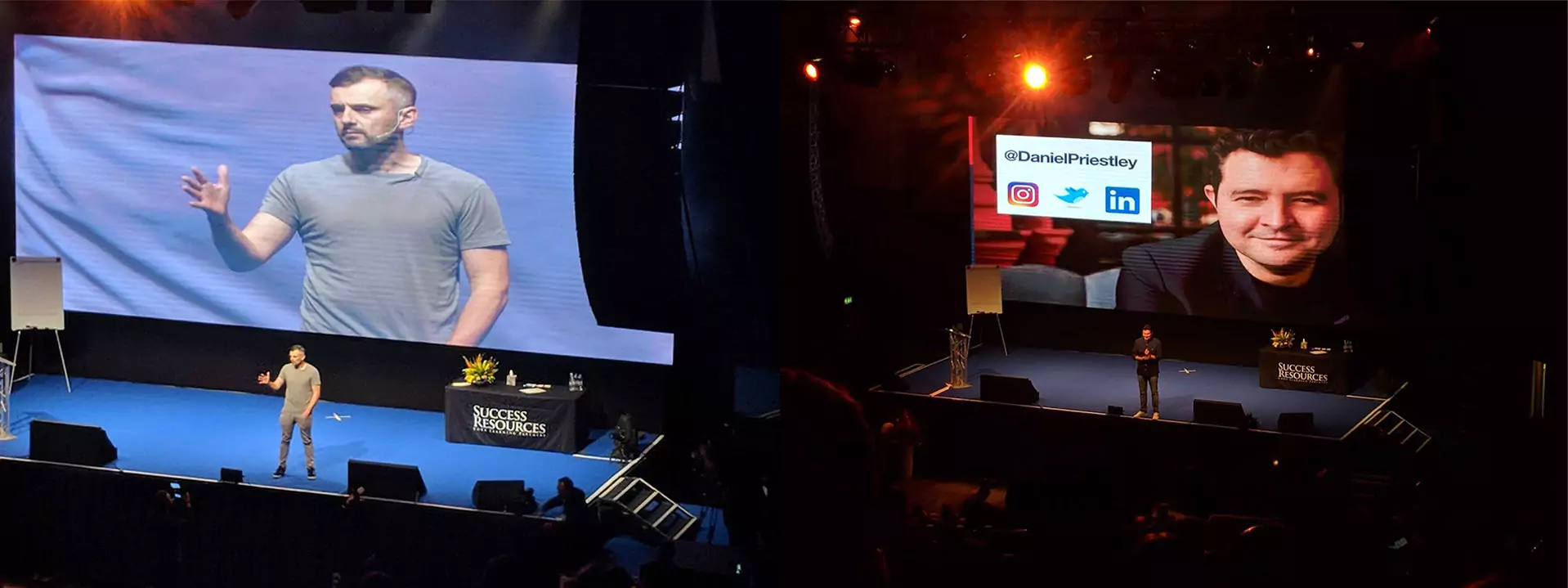
We thought we’d hear some good advice. We’d just sold a business. We were curious.
But it wasn’t what we expected. People were being ripped off, and paying for the privilege.
We’d actually done what these speakers were promising to teach; we’d built and exited our own business.
But it wasn’t as easy as they made it sound, and it definitely didn’t come from watching a few online courses.
We knew it was bollocks.
So we started chatting to people in the audience, convincing them not to hand over their credit cards.
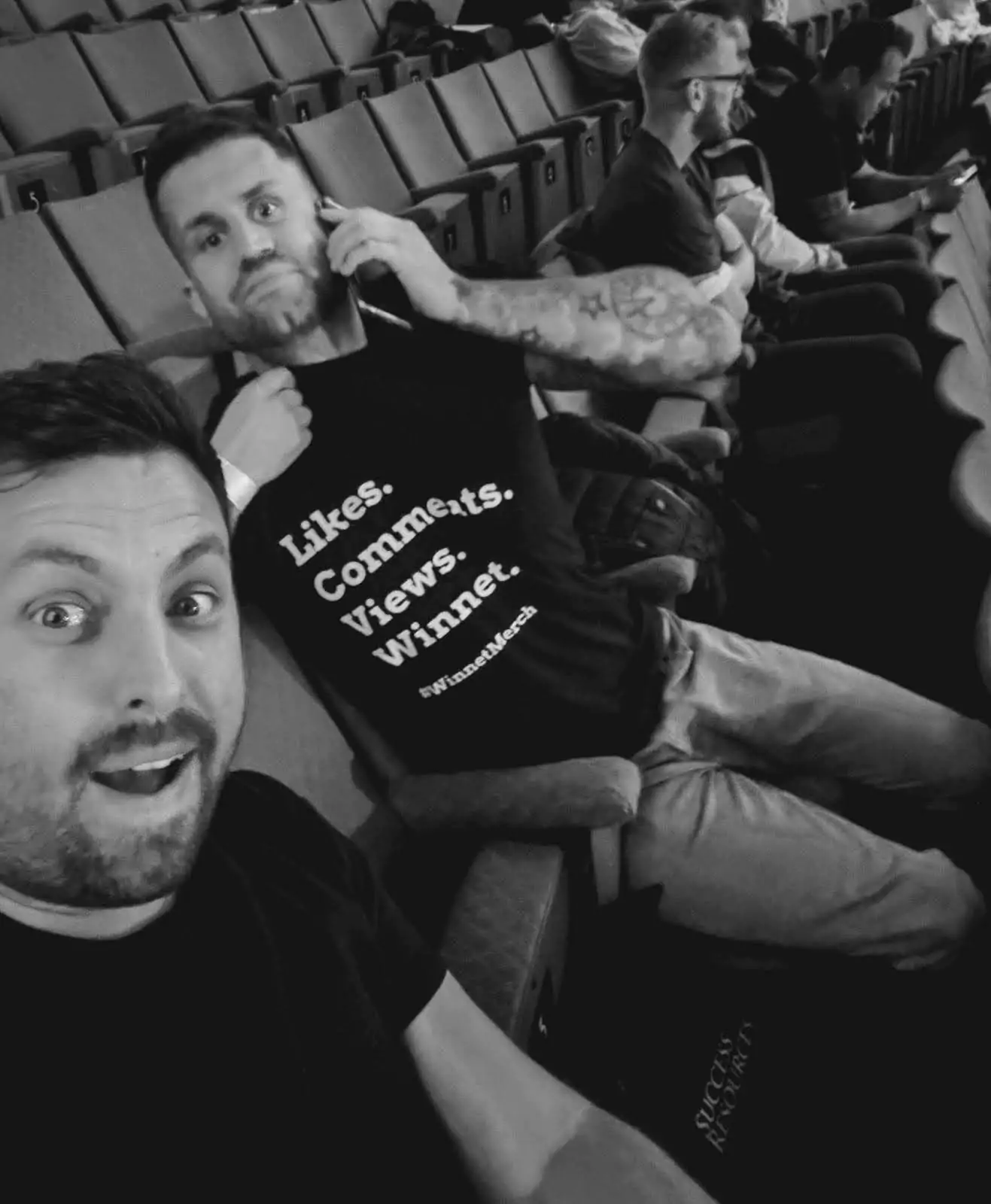
Pretty sure we got a few heckles going too. Every price ended in £1,997. It was so strange.
That day, we realised: someone needs to call this out.
How the Video Went Viral on YouTube
We went to a few more events and started to see the same formula repeat itself. Fake backstory. Minimal viable product. Manufactured social proof. Scarcity tactics.
So we brought in a psychologist to break it all down on camera.
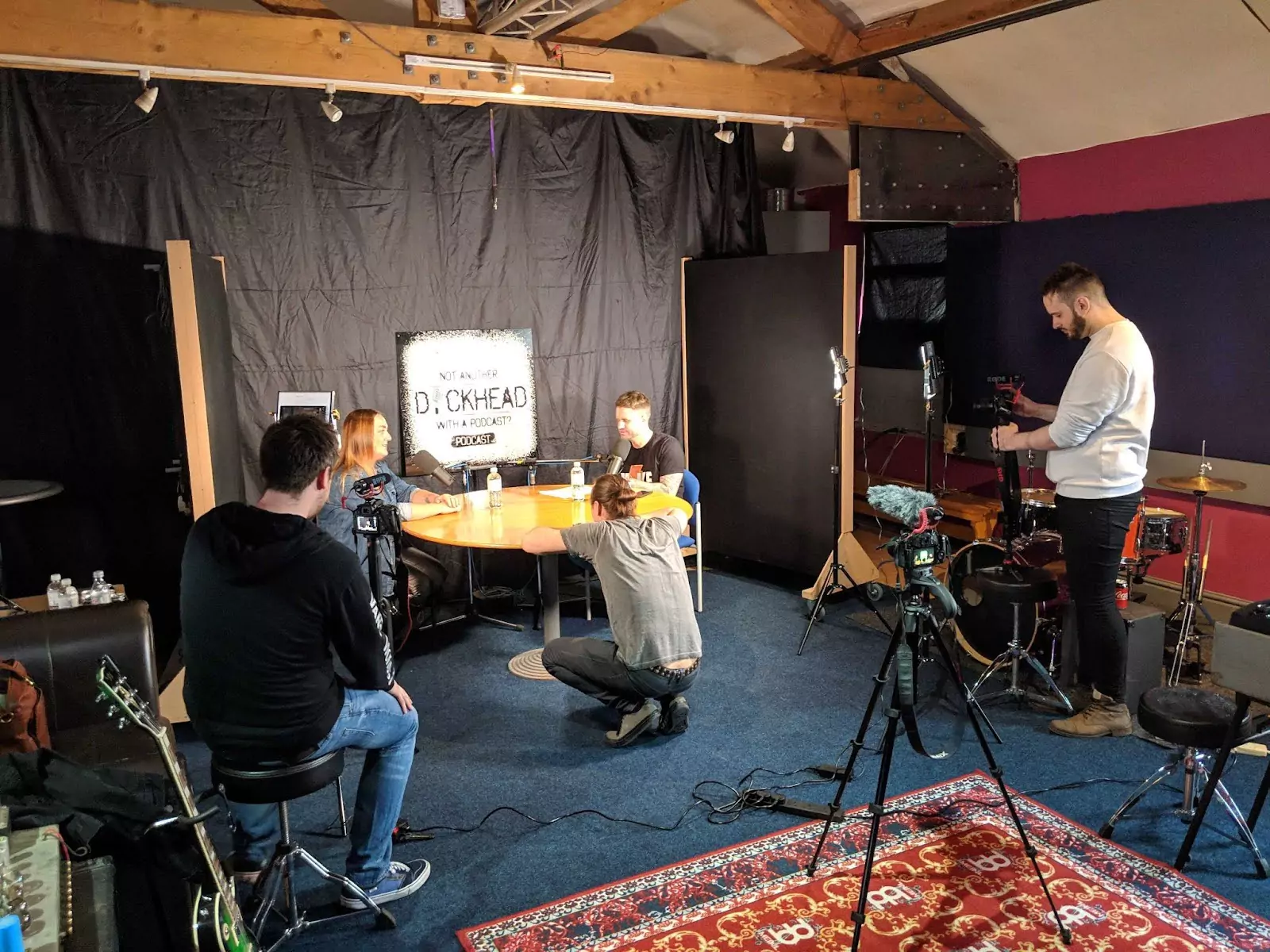
When the video went live, it hit the trending page on YouTube’s homepage. We’d gone viral.
From there, things got surreal.
- We got invited to Gary Vee’s office in New York to chat.
- Paramount turned up in Warrington to pitch a series.
- We consulted on the Get Rich episode of Explained for Netflix.
- Time Magazine featured us in an article
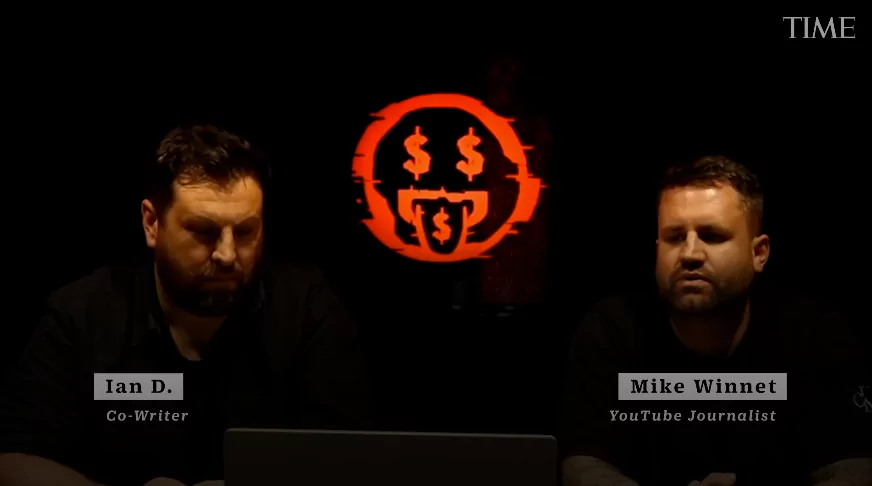
We were just two dads from the North doing the school run, and suddenly we were talking telly deals and featured articles with reporters in Manhattan.
We kept making videos exposing how ridiculous these grifters were.
We even pulled off a stunt where we became Amazon bestsellers with a completely blank book which was picked up by international news outlets.
YouTube Growth Results: 95k Subscribers and 7M Views
Mike’s channel now has:
- 95,000 subscribers
- Nearly 7 million views
- 82,000 LinkedIn followers
All organic. No paid ads.
We got there by making video content that solved a real problem and did it in a way people actually wanted to watch.
Entertaining. Useful. Binge-worthy, not boring.
What This YouTube Case Study Teaches About Content Strategy
If you want to make video content that people engage with, don’t just make what everyone else is making.
Or the stuff you think you have to make.
That’s groupthink.
The industry is partly to blame.
Often, a founder starts a business to solve a big problem, just like we wanted to stop people getting scammed.
But as the team grows and you get busier, the storytelling gets handed off to someone in marketing.
Decision-makers at big companies often default to the safe option, especially in group settings.
So when one person suggests a bold, creative format, it gets watered down by the group’s desire for consensus and perceived professionalism.
Before you know it, you’re doing ‘Pirate Friday’ themed content that no one, not even your mum, is engaging with.
There’s usually a great story, a smart founder, or a brilliant team behind the businesses we work with.
They just need help turning that into something people care about.
We did it for the get-rich-quick industry, but the same rules apply to any sector.
Build content people want to watch, and you can own your space.
People like Paul at Luxury Academy have seen rapid growth following our blueprint.
Others, like Iain at the Party Tent Company and Harold at Elite Force Safety, have built niche, targeted audiences, and now fully own their sector and space.
If you need help, give us a call and tell us what stories you want to share.
don't miss a beat
Subscribe to our newsletter and Keep up to date on the latest resources we release.
Featured resources
Your Website Needs These Videos

From company intro to how-it-works, this guide shows what content high-performing websites use to stand out and convert.

Why Most Adverts Don’t Work

Most ads get ignored. Here’s how brands are swapping forgettable campaigns for content people want to watch.

A Guide to Starting Your Own Podcast

Lessons from launching The Overlap and High Performance, and how to make your podcast last.

